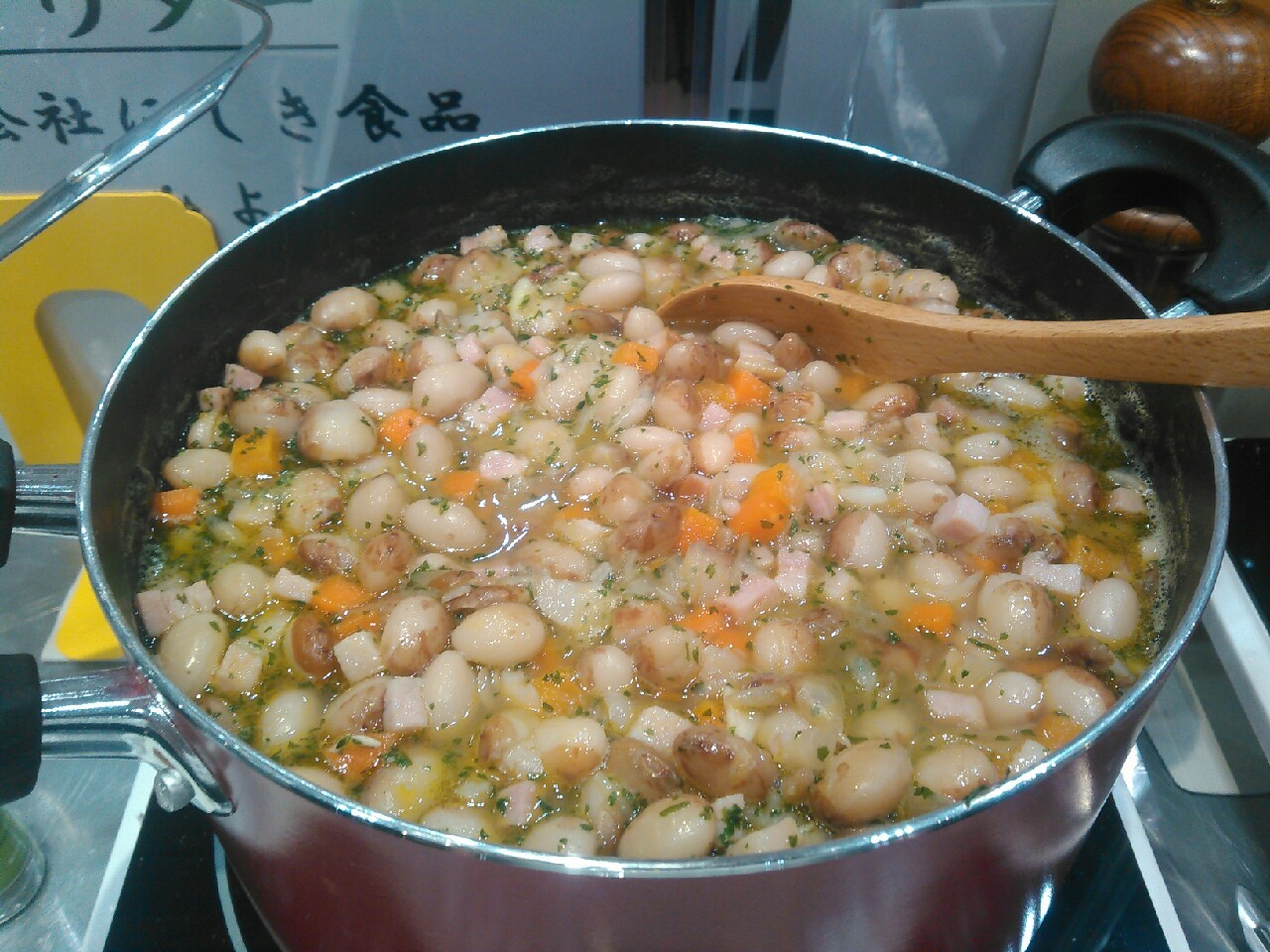Notice: Undefined property: stdClass::$attributes in /mnt/user_data/home/master/applications/iyp2016-org/public_html/plugins/content/doclink/doclink.php on line 326
Notice: Undefined property: stdClass::$attributes in /mnt/user_data/home/master/applications/iyp2016-org/public_html/plugins/content/doclink/doclink.php on line 326
- Details
Catering businesses in Australia are using pulses, which are a star crop in the country, in their menus by including them in recipes like burgers, brownies, cupcakes, biscuits and vegetarian sausage rolls.
Every day, more and more Australians are recognizing the benefits of pulses and are coming up with new and exciting ideas on how to use pulses beyond stews and salads. One catering business has even suggested people buy dried pulses and process them in a coffee grinder to produce flours. This increasing demand has lead Pulse Australia to predict a five to 10 per cent increase in the area sown to lentils in 2015, over the 2014 sown area of 170,000 hectares.
Read the full story here: http://www.abc.net.au/news/2015-03-11/christina-brand-cooking-with-pulses/6301812
- Details

From March 3rd to March 6th, Pulses were on display at the FOODEX convention in Japan. The Japan Pea and Bean Importers Association promoted 34 kinds of pulses for the 77,000 visitors from 83 countries in attendance. Samples of pulses were distributed to visitors with an IYOP 2016 seal, and 6 kinds of pulse cuisine were served to visitors:
- Yogurt with sweet beans, chickpeas, marrowfat peas and red kidney beans
- Beans and Rice with azuki beans and tiger beans
- Stew of bacon, vegetables and tiger beans
- Vegetable Curry soup using white kidney beans and tiger beans
- Chirikonkan soup using red kidney beans, chickpeas and white kidney beans
- ANA lounge soup using white kidney beans

These dishes were prepared by an award–winning chef and pulse farmer from the north of Japan, where the majority of pulses are produced.
In addition, 2,800 copies of 4 different cook books were distribute, and after they ran out of printed copies many visitors continued to request them!
We’re happy to see FOODEX be such a success, and we hope to see more IYOP promotion ahead of 2016!
- Details
The International Fund for Agricultural Development has created a series called Recipes for Change that features recipes from developing countries which bring to you a taste of someone else's life. It gives you the chance to cook the same meal as the Hong family in the Mekong Delta, or Olive Bibutsuwahoze and her family in eastern Rwanda. In addition to sharing delicious dishes from around the world, Recipes for Change also looks at the threats that these communities face through climatic changes that affect some of the vital ingredients used in their main meal of the day.
Small farmers in Rwanda rely on rain fall to grow their main food crops, including sorghum, bananas, beans, sweet potato and cassava, and in this episode of Recipes for Change, celebrity Kenyan chef Ali L’artiste travels there to see how climate change is affecting basic ingredients while he learns how to cook the local dish of bananas with beans and split green peas.
Read the full recipe here: http://www.ifad.org/climate/recipesforchange/recipes/rwanda.htm
- Details
As the world’s population increases, a key challenge for agriculture lays ahead: How do we feed the world’s growing population while minimizing the impact on our environment? Pulses provide a great opportunity to supply nutritious food to the world, while contributing to the health of the planet. From greenhouse gas emissions, to water use, to soil health, pulse crops contribute to decreasing the environmental footprint of agriculture.
Pulse Canada wants as many people as possible to understand what are pulses and what is their potential, and has prepared this video to share that message. Find out why pulse crops are being called the ‘food of the future’.
